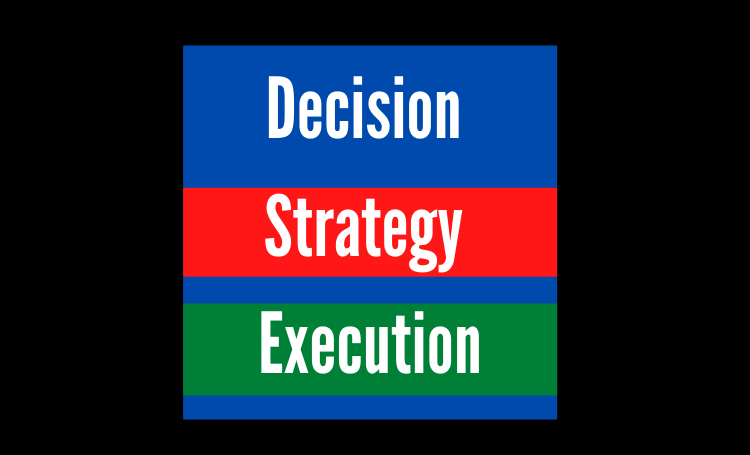J. Robert Kane
Small Wars Journal, July 26, 2018
“Nevertheless, the idea of an American resupply airlift conflicted with American policy as described by deliberating members of the WSAG who knew of the diplomatic repercussions of the action with both the Arabs and Soviets.”
The 1973 War between Israel and the Arab states is largely regarded as an intelligence failure by the US Intelligence Community. Not predicted by either the Israeli or US intelligence services, the 1973 War quickly advanced into a well sieged Arab attack that was supported by the Soviet Union (USSR). Arab forces quickly gained an upper hand on the Israeli Defense Forces (IDF) and moved into a more offensive position that largely put the IDF on the defensive track. It soon became clear to the US national security apparatus that Israel could not risk becoming defeated without US intervention. At the request of the Israeli government, US aid was requested in such an intervention that would become necessary to Israel’s survival. This intervention came in the name of a resupply airlift that would become known as Operation NICKEL GRASS. This paper outlines the initial need for American assistance to Israel with regard to the debate that ensued as to the mission’s theory and execution as well as the military effect that was achieved by the US Air Force in the service’s perhaps most ambitious and meaningful foreign intervention ever achieved.
But before military intervention came, political debate in the US national security apparatus was foremost. To add to the debate and implications that intervention would have, the idea of a US airlift was both unconventional and politically charged. To come to Israel’s aid was necessary for the allied country’s survival but US intervention would prove seriously debilitating to both overt and shadow diplomacy between the Arab states and the larger Soviet Union (USSR). In a secondary context, US intervention in the 1973 War involved America in a proxy war with the USSR which beheld serious political implications as US-Soviet relations were on the verge of exhaustion. Serious debate among staffers and government officials in the Washington Special Activities Group (WSAG) consisted of the operation’s applicability, effectiveness, and execution in a way that was no less than integral to the Israeli success in the 1973 war. [1]
But before the Arabs gained the upper hand, Israel was more optimistic about the 1973 War’s outcome. Israeli assessments and assurances to the US prior to the conflict indicated that the IDF would win without the need for resupply until after the war. The US government was thus convinced by their counterparts and relieved to not be placed into a problematic diplomatic spot between Israel, Arab nations, and USSR. US intelligence service by and large produced their products based on Israeli assessments, which generally have been (and are) the best cases of reporting in the Middle East. As a result, the US intelligence was dependent on Israeli assessments.
J. Robert Kane studies intelligence and terrorism. He is an intelligence officer and researcher who has worked on Middle Eastern targets. In addition to research funded by the U.S. Government, he has conducted studies at New York University, Northwestern University and the University of Chicago. He can be found on Twitter at @jrobertkane.
To view the original article, click here


